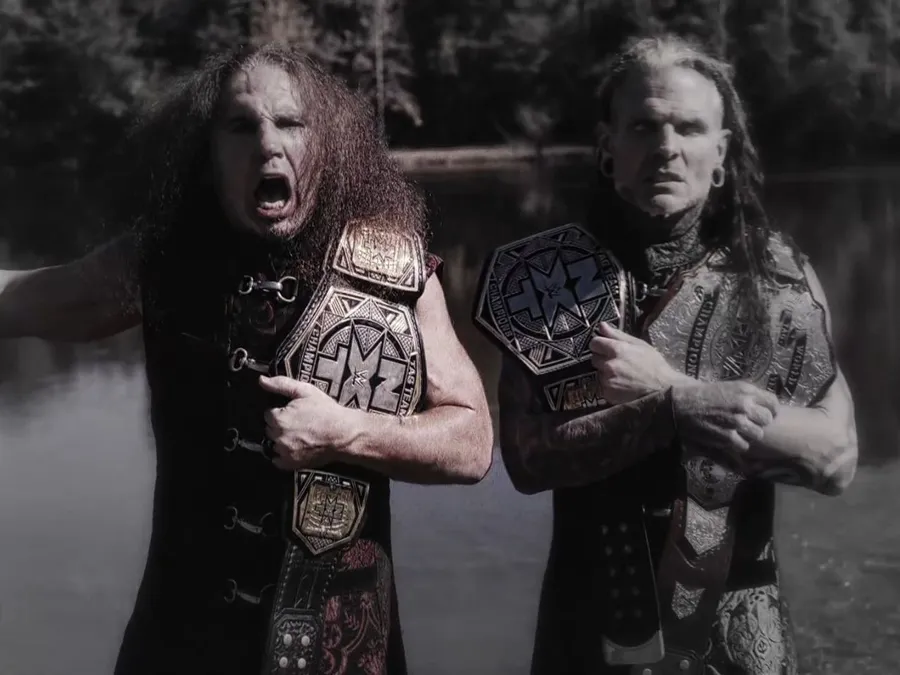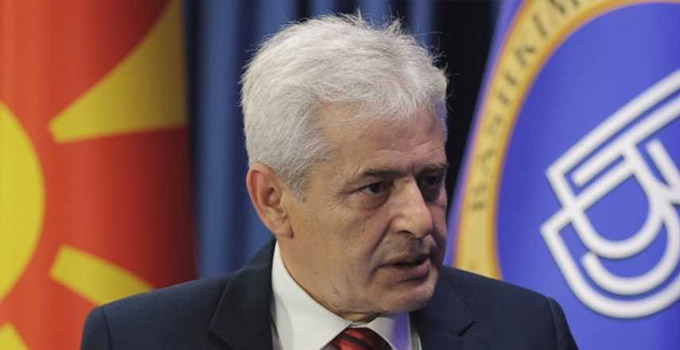Copyright mwnation

As Malawi continues to cultivate new tourism destinations, this year’s Tourism Month — celebrated every September — invites reflection on one of the country’s most extraordinary grassroots landmarks: the “City of God” on Bunda Mountain, just outside Lilongwe. This man-made cultural site is the work of Radford John Kamwendo, better known locally as Mose wa pa Phiri la Bunda. Over the past eight years, Mose has transformed the mountain’s rugged terrain into a spiritual and architectural marvel — a feat achieved without machinery, funding, or formal support. His tools? A panga knife, a hoe, a spade, and a jerrycan. At 1,410 metres above sea level, the site features five stone shrines and a striking feature known as the Mose Highway — a winding wall of meticulously stacked stones that evoke comparisons to the Great Wall of China. It’s a structure that speaks not only to Mose’s physical endurance but also to his spiritual conviction and artistic vision. Other landmarks include Mose Park, Aaron Park, Mirrium Park, and Mose Forest, which is gradually reshaping the mountain’s slopes. Together, these form the “City of God” — a name that blends biblical reverence with local pride. Among locals, the site is affectionately dubbed the “Great Wall of Malawi.” What makes this story remarkable is not scale, but spirit. Mose wa pa Phiri began his work in 2018, guided, he says, by divine instruction. “God called me to this place on February 18, 2018,” he told Nation on Sunday. “It was bushy and ragged. It repelled even prayer warriors. But under God’s guidance, I started injecting life into this mountain.” His devotion has drawn admiration from visitors and pilgrims alike. “I admire the Mose Highway most,” says Prince Bandawe, a Lilongwe-based pastor who hikes the mountain for prayer. “It speaks of the old man’s vision. Nobody believes it was built manually.” Yet not everyone sees the City of God as a triumph. Some locals dismiss Mose’s work as eccentric or misguided. Others raise concerns about environmental sustainability. In his article Bunda Mountain: Balancing Beauty, Spirituality, and Sustainability, writer Malakia Andre notes that the mountain’s popularity has led to ecological strain. With hundreds of worshippers visiting daily — many erecting temporary structures — the lack of sanitation infrastructure has resulted in open defecation and pollution. Andre calls for urgent collaboration between local authorities, environmentalists, and visitors to preserve the mountain’s natural charm. “Eco-friendly toilets and waste bins are essential,” he writes. “By improving sanitation and promoting stewardship, Bunda Mountain can remain a cherished destination for generations.” Still, the legacy of Mose wa pa Phiri is undeniable. His work is a testament to resilience, faith, and the power of individual vision. In a country where tourism often depends on government-led initiatives, the City of God stands as a grassroots triumph — a cultural landmark carved by hand, stone by stone, in quiet defiance of age and expectation. Whether viewed as a spiritual sanctuary, a cultural curiosity, or a symbol of human determination, the City of God invites us to consider what it means to build — not just with tools, but with purpose.



